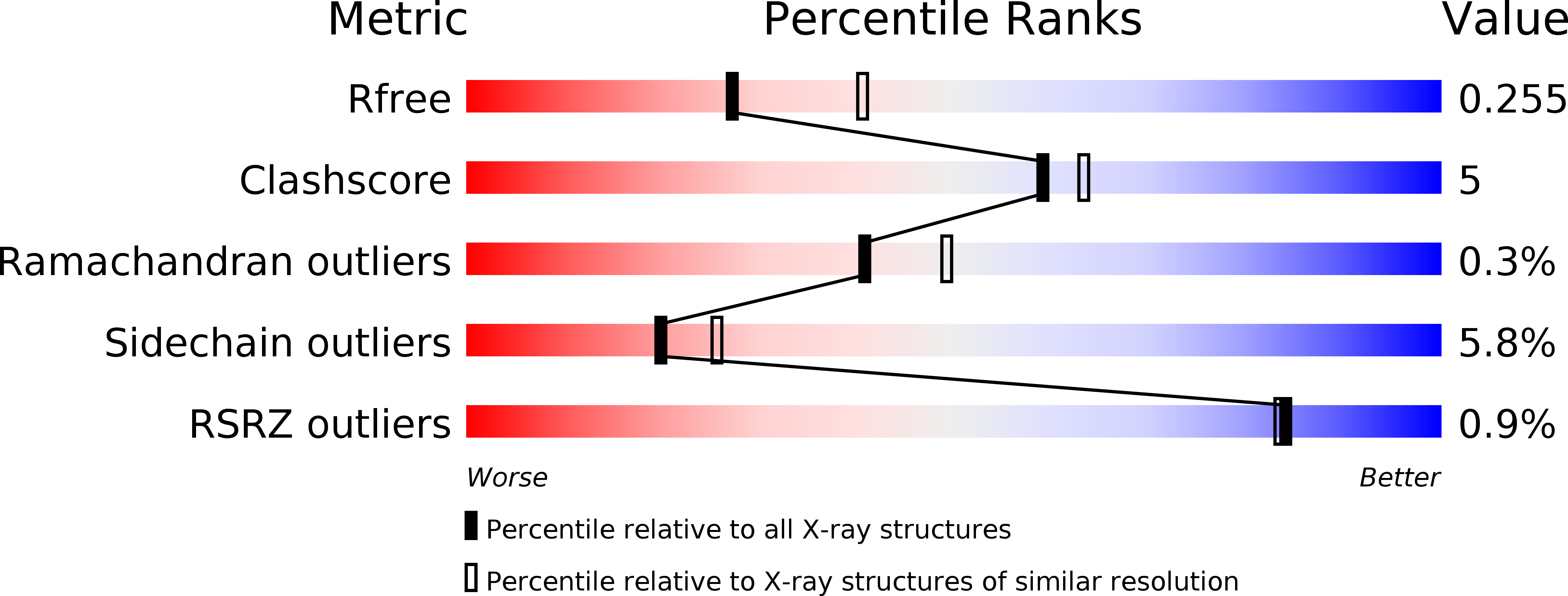
Deposition Date
2012-10-02
Release Date
2013-04-17
Last Version Date
2024-10-09
Method Details:
Experimental Method:
Resolution:
2.45 Å
R-Value Free:
0.26
R-Value Work:
0.20
R-Value Observed:
0.21
Space Group:
P 21 21 21


